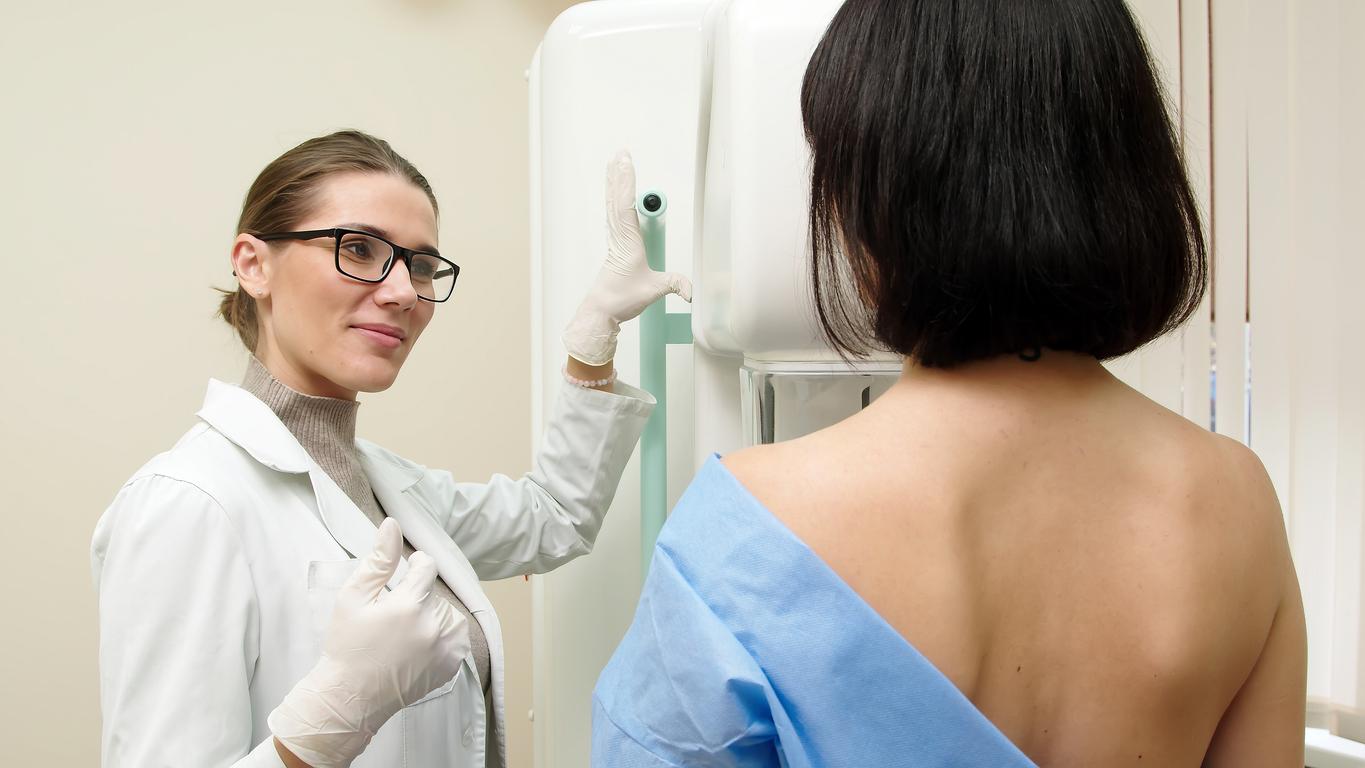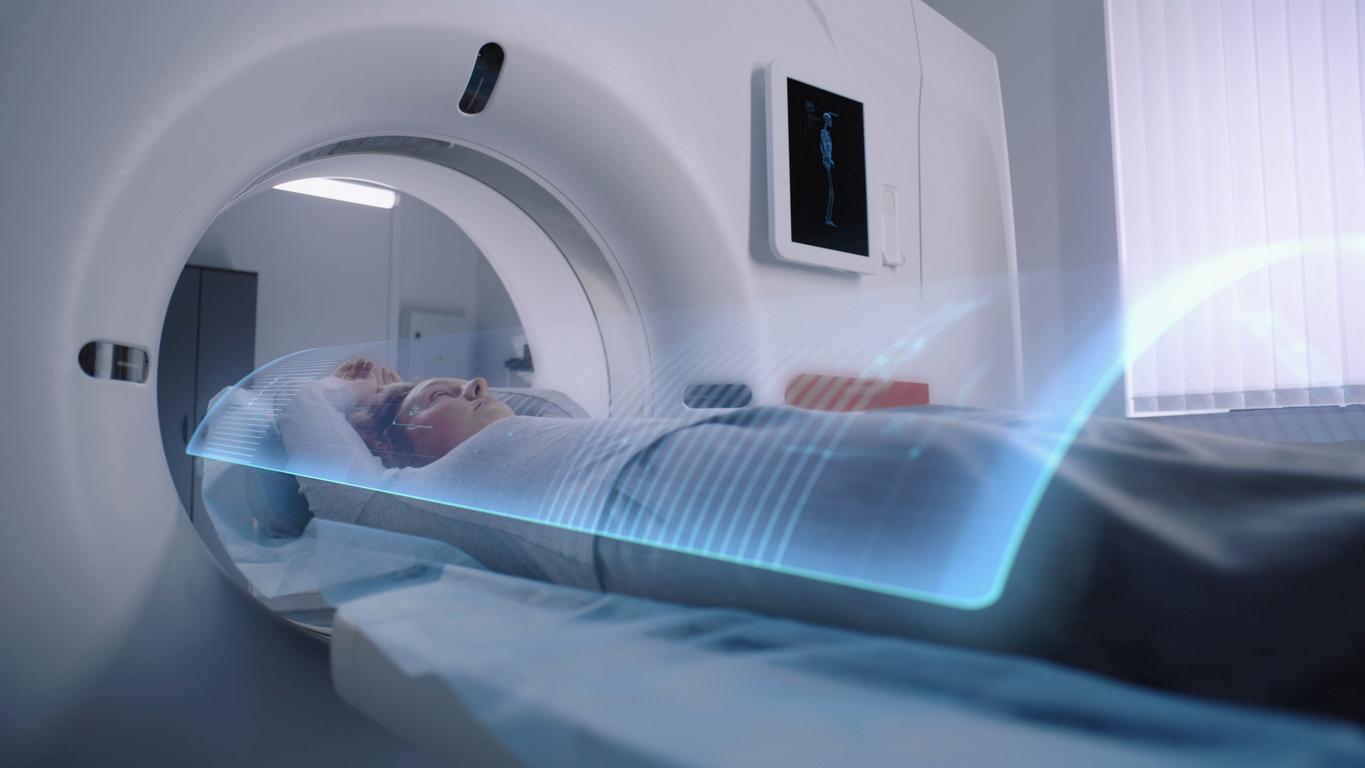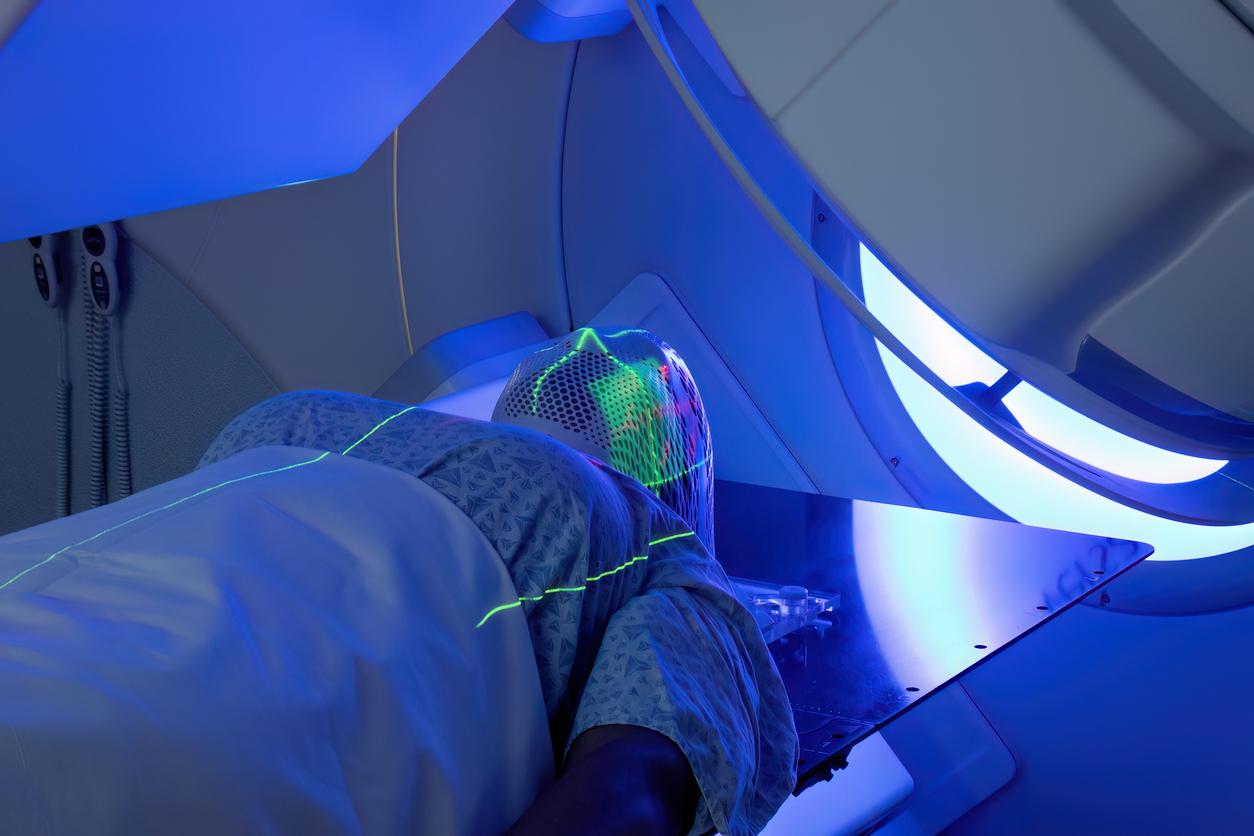A recent study links childhood blood cancer to levels of decaying radon, including those below thresholds set by health authorities.

- The risk of leukemia in children of both sexes is associated with average radon levels lower than those recommended by health authorities.
- Boys are more likely to be diagnosed with leukemia after a 50 Bq/m3 increase in radon concentration in the previous year than girls.
- According to the authors, these results warrant further study using population-based and individual-level models.
It is an indoor air pollutant that remains little known to the general public. Radon is an odorless, colorless and inert natural radioactive gas, which comes from the disintegration of radium itself descending from uranium (a constituent of the earth’s crust), according to the Brittany Regional Health Agency. It is present everywhere in soils but more strongly in granitic and volcanic subsoils. “From the ground and sometimes from water in which it can be dissolved, radon diffuses into the air. In the free atmosphere, it is diluted by air currents and its concentration is low. In a confined atmosphere, like that of a building, it can accumulate and reach high concentrations”, can we read on the ARS website.
Using the becquerel per cubic meter to estimate radon levels in 727 counties
Since 1987, radon has been recognized as a definite lung carcinogen for humans by the International Agency for Research on Cancer (IARC) of the World Health Organization (WHO). According to the health authority, this gas, measured using small passive detectors and attenuated by passive or active ventilation in basements and crawl spaces, has not been associated with other cancers. However, researchers at Oregon State University (United States) reveal that exposure to this pollutant, even at low thresholds, is linked to childhood leukemia.
This is the conclusion they made after conducting a study, the results of which were published in the journal Science of The Total Environmentfor 18 years. The latter covered 727 counties spread across 14 states. The average population aged 0 to 19 was 41,599 people at baseline. Using a geographic machine learning model, the team estimated radon levels for each zip code monthly. More precisely, they used the becquerel per cubic meter. This is a unit for expressing the concentration of radioactive decay in a given volume of air. The scientists also examined annual registers listing incident cancer diagnoses by sex and by site (blood, brain, central nervous system, etc.).
Childhood leukemia: boys exposed to radon are at greater risk
The results showed that the risks of leukemia were 1.05 times higher in children of both sexes exposed to radon, even at levels lower than those recommended by the U.S. Environmental Protection Agency (EPA). . In detail, boys are more likely to be diagnosed with leukemia after an increase of 50 Bq/m3 in radon concentration in the previous year than girls. “No association was found with other cancerous locations”said the authors.
“Further research is needed to confirm these findings at the individual level and inform decision-making regarding radon-related health risks in this country and around the world,” declared Matthew Bozigarwho led the study.


















